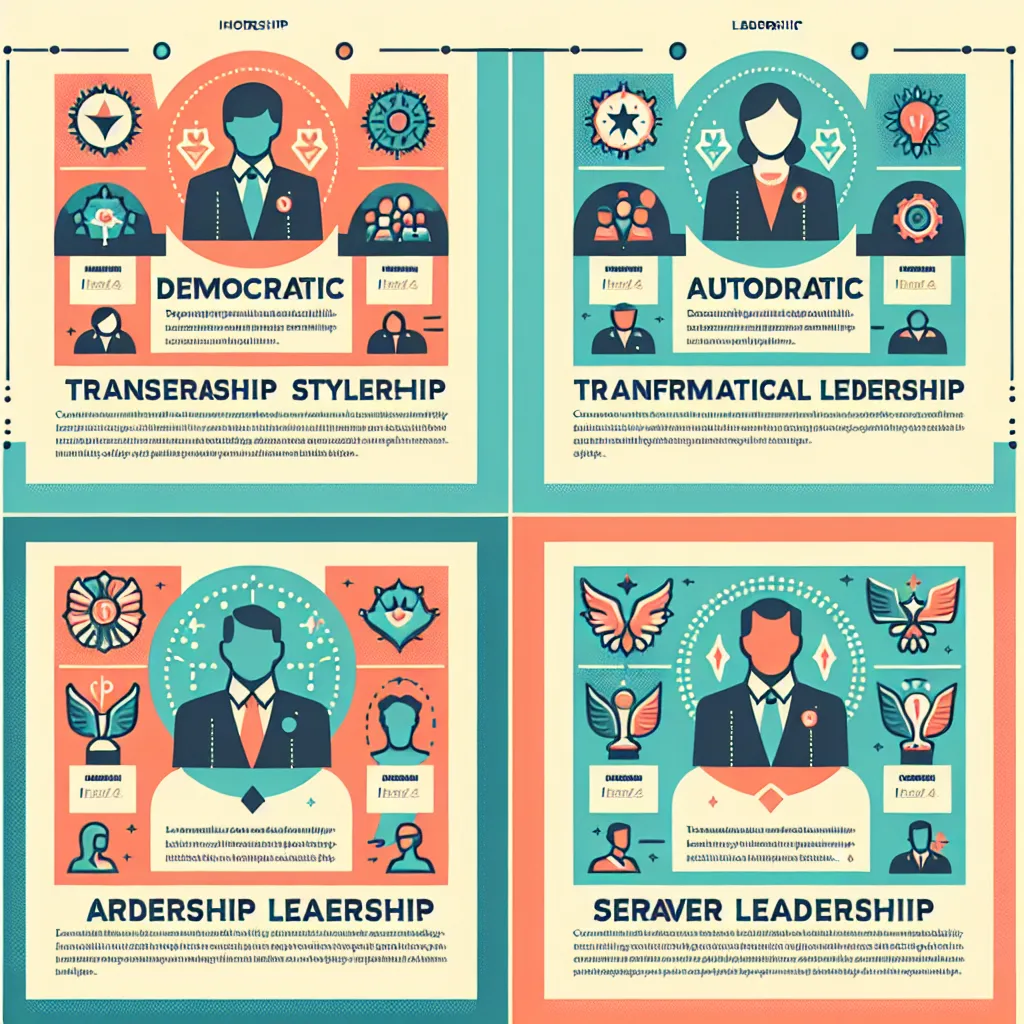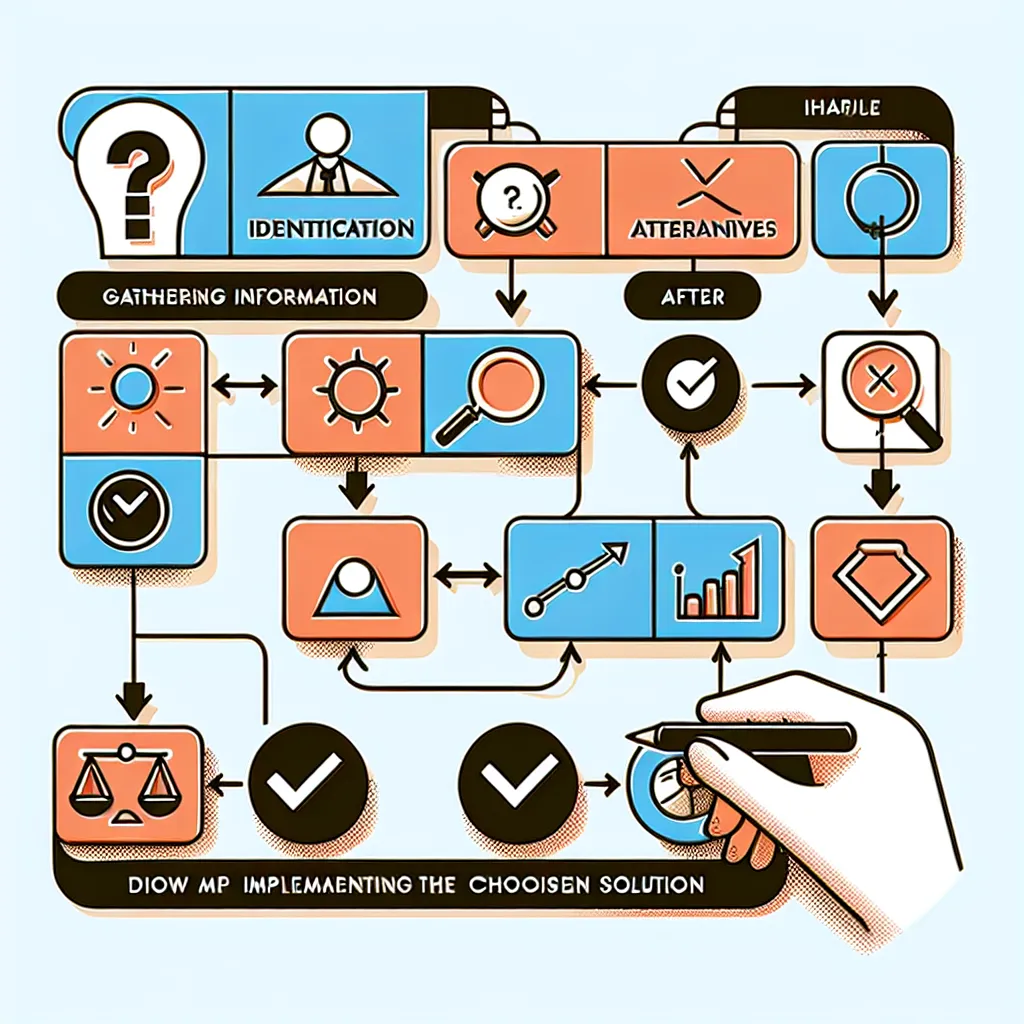Leadership style is a crucial aspect that many employers evaluate during job interviews. As a candidate, being prepared to discuss your leadership approach can significantly enhance your chances of success. This article will guide you through effective strategies to answer questions about your leadership style in English interviews.
Understanding Leadership Style Questions
Leadership style questions are designed to assess how you guide, motivate, and manage teams. Interviewers use these questions to gauge your potential as a leader and determine if your approach aligns with their organization’s culture.
Common Perspectives on Leadership Style
When evaluating candidates’ responses to leadership style questions, interviewers typically consider:
- Communication skills
- Decision-making process
- Ability to motivate and inspire others
- Conflict resolution techniques
- Adaptability to different situations
 Leadership Interview
Leadership Interview
Sample Leadership Style Questions and Answers
Let’s explore some common leadership style questions and how to answer them effectively:
Q1: How would you describe your leadership style?
Answer: “I would describe my leadership style as collaborative and adaptive. I believe in empowering team members by involving them in decision-making processes while providing clear direction and support. For instance, in my previous role as a project manager, I implemented a system where team members could propose ideas for process improvements. This approach not only boosted creativity but also increased team engagement and ownership of our projects.”
Q2: How do you motivate your team?
Answer: “I motivate my team through a combination of recognition, personal development opportunities, and clear goal-setting. I regularly acknowledge individual and team achievements, both privately and publicly. Additionally, I work with each team member to create personalized development plans, aligning their career aspirations with our organizational goals. For example, I once mentored a junior team member interested in data analysis, providing them with relevant projects and training, which ultimately led to their promotion and increased team productivity.”
Q3: How do you handle conflicts within your team?
Answer: “When conflicts arise, I address them promptly and objectively. I believe in creating an open environment where team members feel comfortable expressing their concerns. I start by listening to all parties involved, then facilitate a discussion to identify the root cause of the conflict. Together, we brainstorm solutions and agree on a path forward. In a recent situation where two team members disagreed on project priorities, I organized a meeting where we reviewed our overall objectives and collaboratively realigned our tasks, resulting in improved teamwork and project outcomes.”
Tips for Answering Unexpected Leadership Questions
When faced with unexpected leadership questions:
- Stay calm and take a moment to gather your thoughts.
- Draw from your experiences, even if they’re not directly related to leadership roles.
- Use the STAR method (Situation, Task, Action, Result) to structure your response.
- Be honest about areas where you’re still developing and express your eagerness to learn.
Common Mistakes to Avoid
When discussing your leadership style, avoid these pitfalls:
- Being overly rigid: Emphasize your adaptability to different situations.
- Focusing solely on authority: Highlight your ability to inspire and collaborate.
- Neglecting real examples: Always support your claims with specific instances from your experience.
- Downplaying challenges: Acknowledge difficulties you’ve faced and how you overcame them.
- Using clichés: Provide genuine insights rather than generic leadership buzzwords.
 Leadership Styles
Leadership Styles
Follow-up Questions and Suggested Answers
-
Q: Can you give an example of a time when you had to change your leadership approach?
A: “Certainly. When leading a diverse team on an international project, I realized my usual direct communication style wasn’t effective with all team members. I adapted by learning about cultural differences in communication and adjusted my approach to be more inclusive, resulting in improved team cohesion and project success.” -
Q: How do you ensure your team stays motivated during challenging times?
A: “During challenging periods, I increase communication and transparency. I hold regular check-ins to address concerns, celebrate small wins, and remind the team of our overall mission. I also ensure that workloads are balanced and provide additional resources or support where needed.” -
Q: How do you delegate tasks within your team?
A: “I delegate based on team members’ strengths, development goals, and workload. I clearly communicate expectations, provide necessary resources, and establish check-in points. This approach ensures tasks are completed efficiently while also promoting individual growth.” -
Q: How do you handle underperforming team members?
A: “I address performance issues promptly and privately. I start by understanding the root cause, then work with the individual to create an improvement plan with clear goals and timelines. I provide regular feedback and support throughout the process, and if necessary, I’m prepared to make tough decisions for the benefit of the team and organization.” -
Q: How do you foster innovation within your team?
A: “I encourage innovation by creating a safe environment for idea-sharing. I implement regular brainstorming sessions and a no-blame culture for trying new approaches. I also allocate time and resources for team members to work on innovative projects, even if they’re not directly related to our current tasks.”
Conclusion
Effectively answering questions about your leadership style requires self-reflection, preparation, and the ability to articulate your experiences clearly. By understanding common questions, avoiding pitfalls, and providing specific examples, you can showcase your leadership potential and make a strong impression in your English interview.
Remember, there’s no one-size-fits-all leadership style. The key is to demonstrate your ability to lead effectively while being adaptable to different situations and team dynamics. Practice your responses, stay authentic, and show your passion for leadership to stand out in your next interview.
For more interview preparation tips, check out our articles on how to answer questions about work culture and how to answer questions about adaptability and flexibility.




